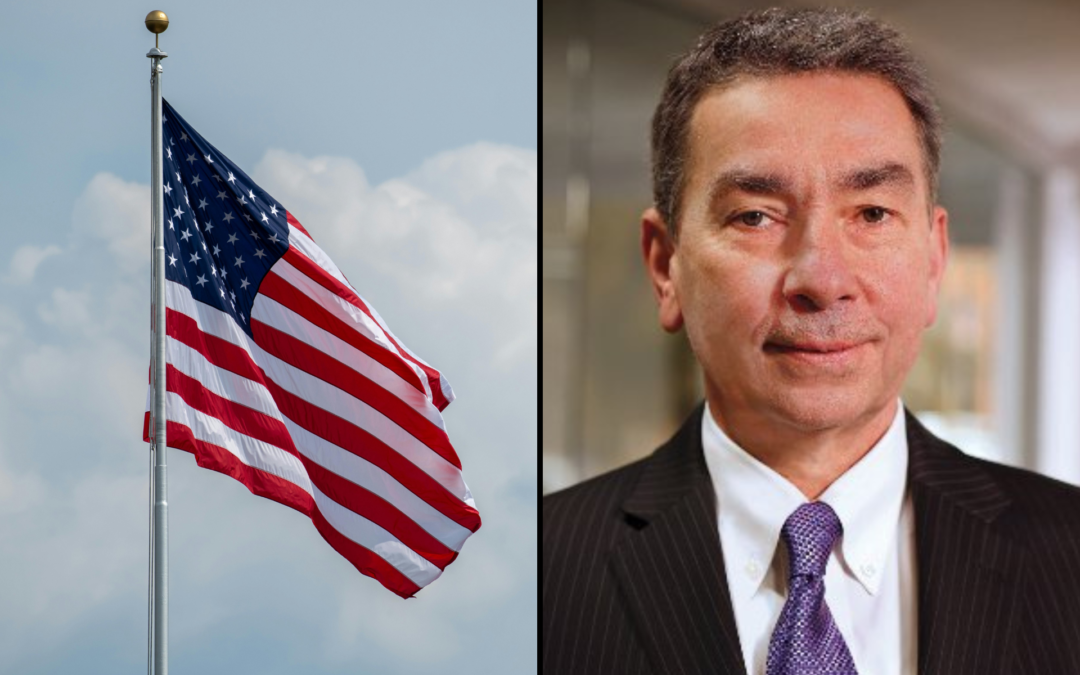
Higher Education’s Path Forward: Lift, Not Limit
By Wesley Smith, Presidents Forum
The recent debate over affirmative action and legacy admissions reflects a fundamental issue in American higher education. We remain entangled in an outdated paradigm that views higher education through the lens of exclusivity. This focus on scarcity—on who gets in and who gets left out—belongs in the past. It’s time to dismantle this concept and build a higher education system centered on open access, inclusion, and the real value it delivers to students and society.
What if, instead of celebrating how many students were excluded, we celebrated how much opportunity was created? What if we shifted the conversation from selective admissions toward student outcomes—specifically, the economic uplift that education provides? This “lift” should be our ultimate measure of success, defined by the economic outcomes of students after earning a credential compared to their expected trajectory without it. The cost of these credentials must also be factored in to understand the true return on investment.
The True Measure of Success: Lift
To evaluate “lift,” we need a radical rethinking of the data we use to assess educational effectiveness. Imagine a world where institutions are rewarded for the transformative impact they have on students’ lives rather than their rejection rates. In this new system, schools are incentivized not for how many applicants they turn away, but for how much value they provide to those they enroll—an inclusive vision that prioritizes outcomes.
Measuring lift requires connecting education data with economic outcomes. To do this, we need to enable the underlying data connections necessary for a robust analysis of educational impact. The IRS gathers data on income that, if integrated with Department of Education records on degrees and credentials earned, could help us understand the lift that specific programs or institutions provide. This approach is not about rankings or prestige; it’s about
demonstrating the tangible value of an education in real economic terms.
Institutions should be evaluated on their ability to deliver a meaningful increase in students’ economic prospects. Did a given program help its graduates gain higher-paying jobs, or achieve financial stability? Did it create a measurable difference compared to what would have been possible without that education? This is the standard by which we should judge higher education.
Breaking Free from the Old Paradigm
If we embrace this “lift” paradigm, we can break free from the trappings of exclusivity. Institutions, instead of competing for prestige based on the selectivity of their admissions processes, would compete based on the outcomes of their graduates—how much they truly elevate those who invest in education.
This new focus will also reward institutions that enroll students with the most potential for growth, not just those who are already elite. Under the current system, universities often seek out students who already have the best prospects—those from affluent backgrounds with access to top-tier high schools and extracurriculars. In contrast, a lift-based approach would shift incentives towards accepting students with the most to gain—those who have faced barriers and challenges that have limited their opportunities thus far. This model rewards institutions for taking chances on students who will benefit from greater support and have the greatest potential for transformation.
A Better Path for Diversity, Equity, and Inclusion
Consider the impact this could have on diversity, equity, and inclusion. The current admissions system—whether through affirmative action or legacy preference—is a zero-sum game that emphasizes seat allocation. It sees diversity as something achieved by slicing the pie differently, rather than by baking a bigger pie. A lift-based approach shifts the focus from mere representation to substantive impact. It ensures that we not only bring a diverse group of students into higher education but also propel them towards economic security and success.
Focusing on lift would lead to a natural enhancement of equity and inclusion, because the measure of success becomes the outcome for all students. We could see which institutions are truly leveling the playing field—not just by who they admit, but by what they help students achieve once they leave. In this way, lift is a far more substantive and inclusive metric than any admissions quota could ever be.
A Vision for the Future
By changing what we measure, we can change behavior. Measuring lift incentivizes institutions to invest in the programs and supports that truly benefit students. This includes focusing on quality instruction, career services, and other forms of student support that help graduates realize their economic potential. Instead of spending resources on amenities to impress prospective students or chasing prestige in the form of selective admissions, institutions will prioritize what really matters: improving student outcomes.
It’s time to abandon the obsession with scarcity and exclusivity in higher education. We need a system that prioritizes access, inclusion, and tangible benefits for students. By embracing lift as our guiding principle, we can build a higher education system that not only reflects our ideals of opportunity and equity but also proves its worth through meaningful, measurable results. The goal is not to divide students into those who “make it” and those who don’t—it’s to lift everyone who wants to rise.
Wesley Smith serves as the executive director of the Presidents Forum, where 18 of the most
innovative institutions of higher education work together to embrace accountable innovation and reinvent the system of higher education to benefit students.



Recent Comments